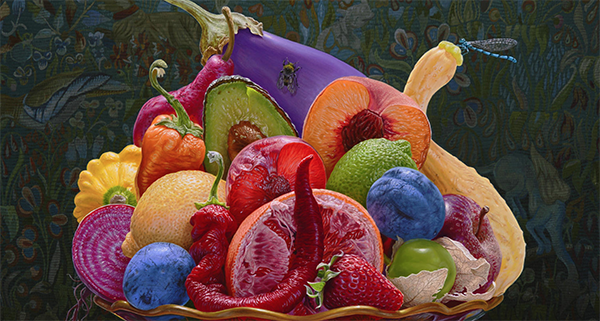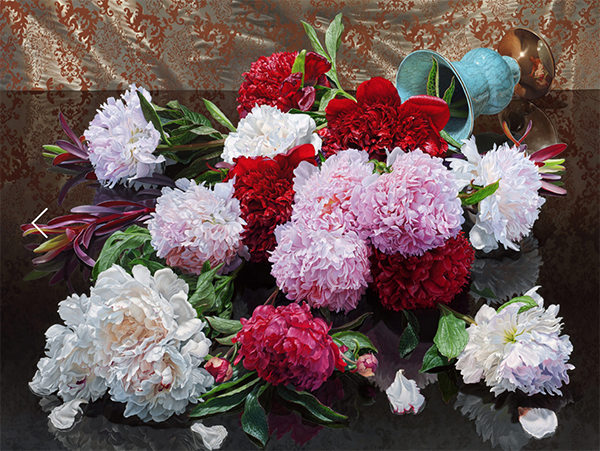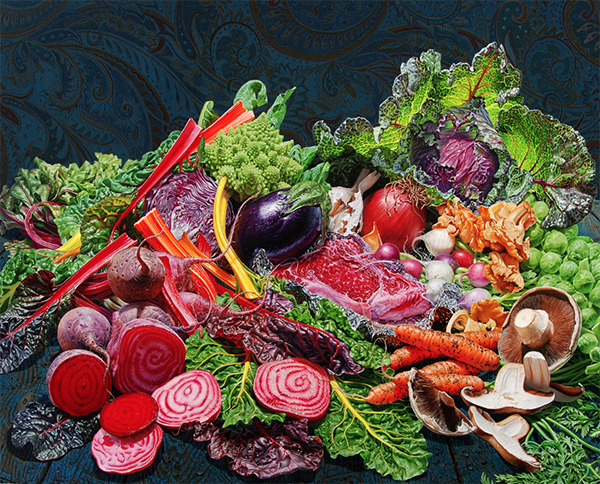Like you, I wake up every day dreaming of how to connect the vision for my work to those who will care deeply about it. (Thank you, by the way, for being one of those people.)
I hear from writers and creative professionals every day about their challenges in connecting their work to an audience. They want to reach more people; they want more sales; they want to feel a sense of momentum with their work.
Often, we judge our progress here with stark numbers:
- Book sales
- Bestseller lists
- Awards
- Followers
- Facebook likes
I would like to suggest that the goal should instead be a moment of connection between your work and someone who experiences it. The moment when your book connects with a reader. When your art moves them. When your song sticks in their head. When something you create makes them — even for a moment — feel inspired.
That, even when you are marketing your work, that you focus less on price and pitches, and more on the overall experience you create for the person.
Make it an unexpected joy.
For the work that I do, I tried to conjure that type of moment this week. You see, Diane Krause has worked with me for more than a year. She lives in Texas, and I’m in New Jersey. This week, she took the trip up to me, and we spent a day in New York City focused on honing our plans for 2016. Our prompt: how can we better serve creative professionals like you; how can we help you reach your audience and do more of the work you love?
To set the stage for this conversation, we didn’t want to squirrel ourselves away in a dry conference room with charts and powerpoint presentations. Instead, we wanted to elevate our own expectations for what is possible. That became the driving theme for “how” we would spend the day: amidst great creative experiences. From each, we hoped to learn from their craft. We spent 7 hours talking, all while experiencing:
Amazing food at Ippudo and Magnolia Bakery
Amazing art at the Museum of Modern Art
Amazing architecture and design at Rockefeller Center
Amazing public sculpture
Amazing unique ways of experiencing nature amidst the city along the High Line
How can experiences such as these help you grow your own audience, sell more books, get more publicity, craft better events, or do better work Well, I would like for you to consider a few things as you look through the photo tour below:
- Don’t just copy what everyone else is doing. Push yourself to treat every aspect of your work as a meaningful moment for your audience. Is everyone in your niche doing the same blog tour, or rushing to take out Facebook ads? Perhaps you should consider a more meaningful way to connect with these same people, instead of being the 4,000th person to glom onto the same marketing tactic at the exact same time.
- Look outside of your niche focus to get new ideas that will thrill and delight your audience. This is why Diane and I went to view art — to learn from those who broke boundaries in unexpected ways. Seeing that can give you new ideas as to how to thrill your audience in ways that resonates with the work you do, and why they love to experience it.
- Make this process a collaborative one. If you are serious about being a successful creative professional, realize that you can’t do it alone. I don’t think I have ever spoken to a successful person who didn’t mention the many collaborators that had a key part in their success. That is why when Diane told me she was visiting, I scheduled a day of conversation and exploration. It allowed us to experience things together, and to spend hours and hours collaborating on new ideas.
- The goal is not more content, products or services, but more moments of connection that you can create for your audience. Experiences that truly effect their lives. For instance, your goal is not for someone to buy your book, but for someone to READ your book, to be shaped by your stories and ideas. To be moved by your work. I think that too often, we forget this when we study bestseller lists. The true goal for an author is for their work to spark the imagination of the reader in powerful ways.
Here is a tour of some of the moments of connection Diane and I experienced this week as we considered how to better serve you. If you do creative work that you hopes connects with others, some of these reflections may be useful for you and your work:
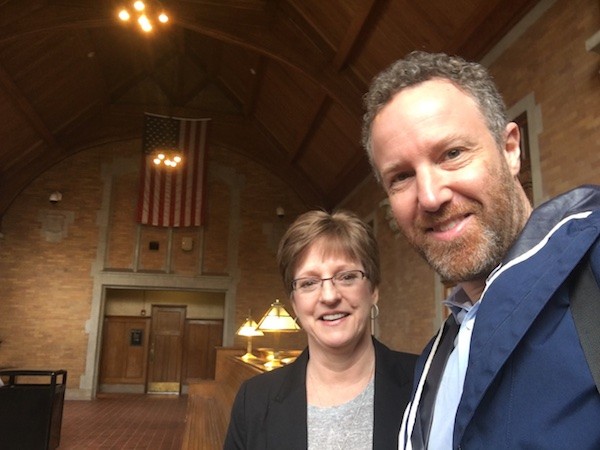 Here we are setting off on our day at my local train station. The odd thing about it is that it is designed almost like a cathedral. Why is that? Why would a functionary thing — a waiting room — want to elevate those who wait there? Already, this made me consider how the most functional aspects of my work could feasibly create elevating experiences for those who come in contact with it.
Here we are setting off on our day at my local train station. The odd thing about it is that it is designed almost like a cathedral. Why is that? Why would a functionary thing — a waiting room — want to elevate those who wait there? Already, this made me consider how the most functional aspects of my work could feasibly create elevating experiences for those who come in contact with it.
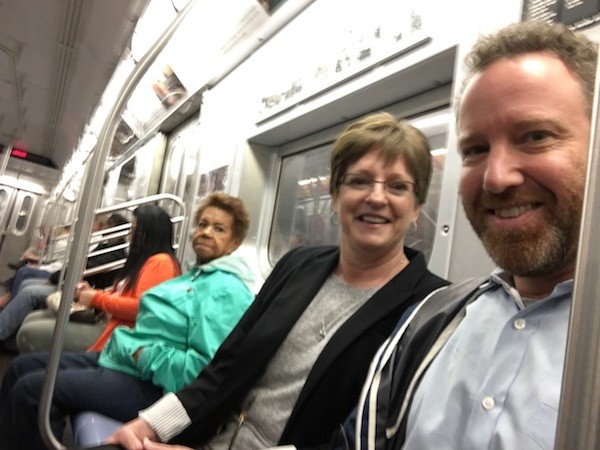
Diane had only been on the NYC subway once before. AS we popped in and out of it throughout the day, it is useful to reflect not on how it elevates you, but how it removes barriers. It functions amazingly well, removing any concern for how we can traverse a huge portion of the city without a thought. For the work that we do, our goal is sometimes similar. Just as Diane and I didn’t want to become transportation experts to move around Manhattan, we have to consider how we can make our services seamless for those we work with. So that it seems effortless.

The ramen at Ippudo is amazing. It’s like, you didn’t think Ramen could be this good. What’s more, is that they create an experience. When you walk in, every member of the staff yells out a welcoming expression. The staff wears polarizing shirts that say things like “ramen = life.” Your food is prepared in plain site, via an open kitchen, with a sense of energy. It’s not just great food, it is a memorable experience.
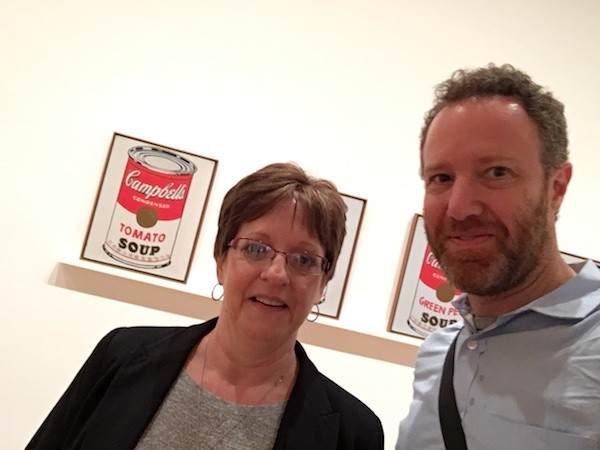
At the Museum of Modern Art, different works of art sparked different creative insights. For Andy Warhol’s soup cans, it was a challenge to realize that each work of art didn’t need to be a unique expression. That, when you create work that will be replicated, that each can still have unique value for others.
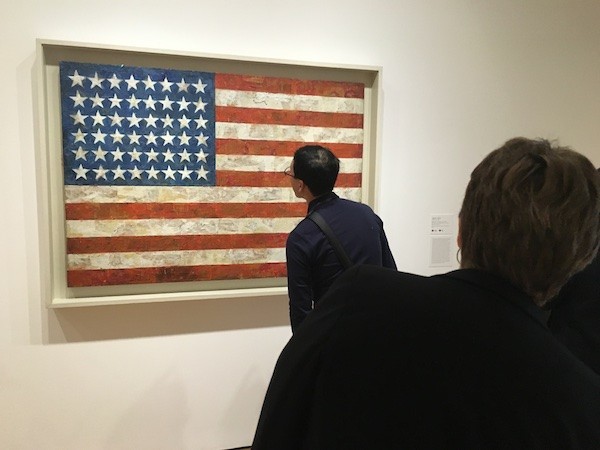
The art challenges you. I brought Diane over to a corner to see this work by Jasper Johns, explaining that this is an important work. She asked, “Why?” I honestly had no idea. But the question was the point. Why was the context of this representation of the American flag on display, protected by glass? We thought about it then, and I later looked it up in Wikipedia. Good art should encourage questions.
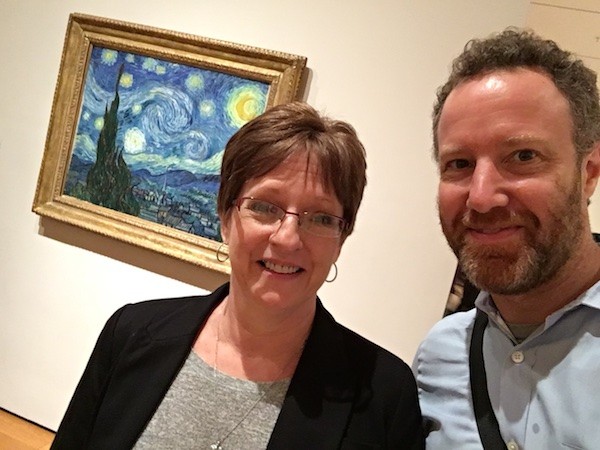
Some of the work that we saw was work ingrained in our visual culture, such as Vincent van Gogh’s “The Starry Night.” Again and again, from room to room, artwork to artwork, we had to confront that question of why. Why was this art world-shifting? How can our work strike people as something meaningful and unique?
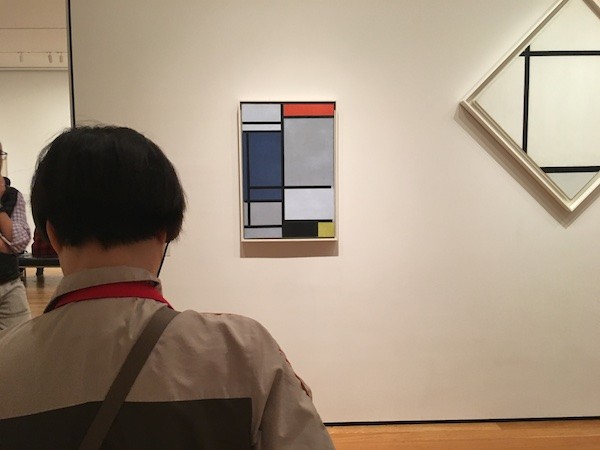
Some of the work appears to be “simple,” and at a modern art museum, there is an instinct for people to say, “well I could do that,” in an unimpressed way. Yet, there is more to it: the fact that you didn’t do that. That the artist did, in a time, place and context that made it unexpected. They somehow turned the simple into the beautiful. How can we create that with our own creative work?
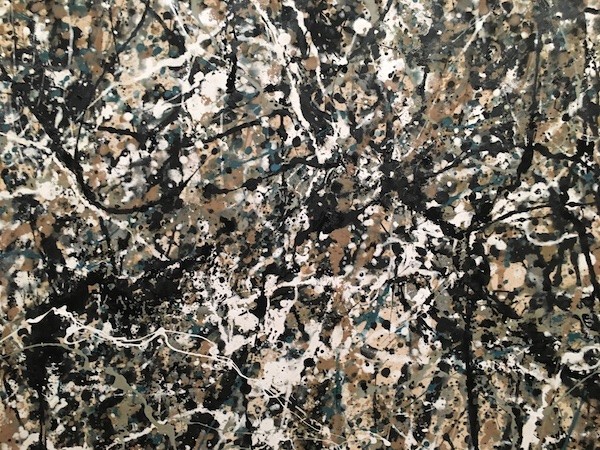
For many of the work, each person sees what they want to within it, as with Jackson Pollock’s “One: Number 31, 1950.” The artwork itself offers no clear guide. Not everything can be categorized, spelled out, and fit into a box. Some of you will see the paint splatters of Jackson Pollack and think it is meaningless. And yet…
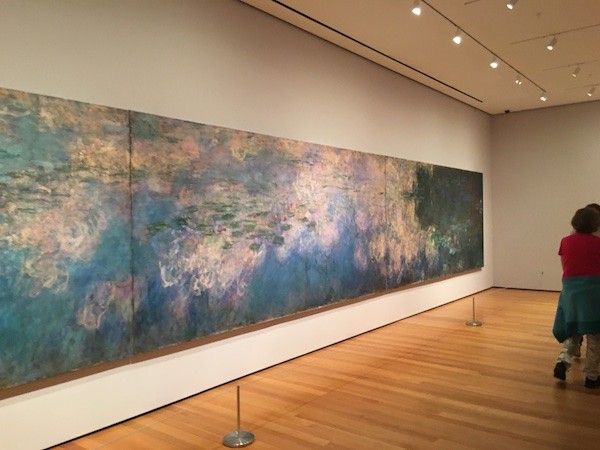
You will see the work of Claude Monet’s “Water Lilies” and it can be a nearly spiritual experience of meditation. You bring to the art something unique to you. That is important for Diane and I to understand, not everyone will appreciate our work. We can’t make everyone happy.
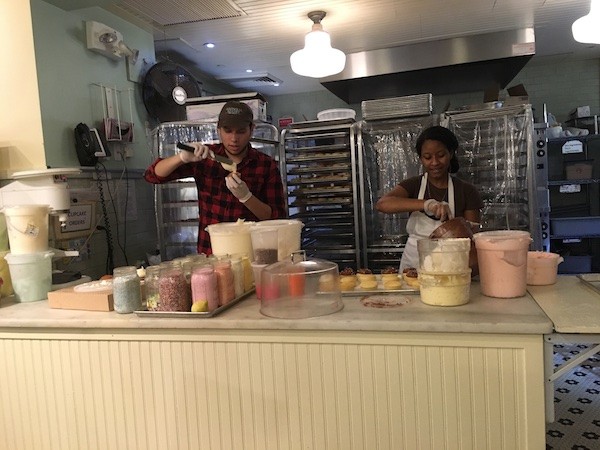
Moving out of the museum and over to Magnolia Bakery, it was a lesson in creative wonderful experiences. When you see the rows of cupcakes, they can seem like tasty commodities. Dozens of the same object. Yet, they too have an open kitchen, and you see the individualized process behind each cupcake. Each delicious cupcake. Each, which will deliver a wonderful moment to those who bite into them. Again, I see this challenge of how to create something that scales to help many of the people I want to serve, yet for each of them, a unique moment of joy.
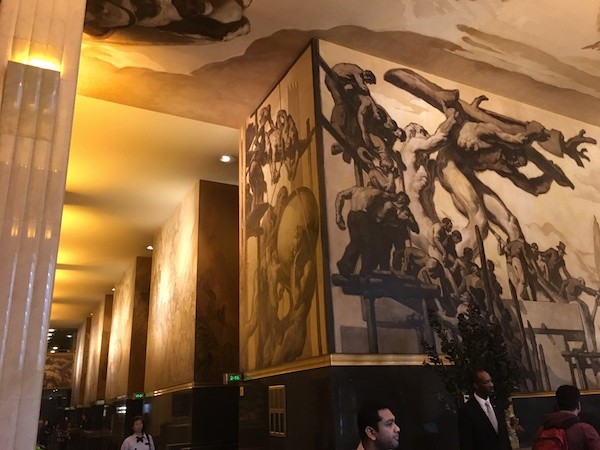
Exploring Rockefeller Center challenged us in another way. Again: how does a functional work of architecture work to elevate those who experience it. These buildings are filled with artwork within it’s lobbies and on the outside of their buildings. There is an ethos and a message that they are trying to craft for all of those who walk through it.
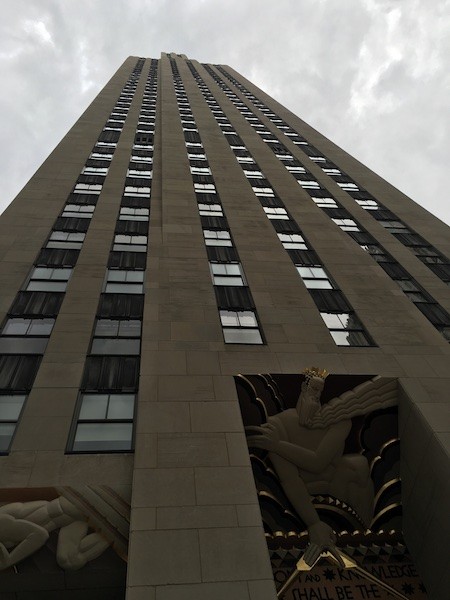
And boy is it hard to not be taken aback by the sheer scale of what is possible when you look up at 30 Rock.
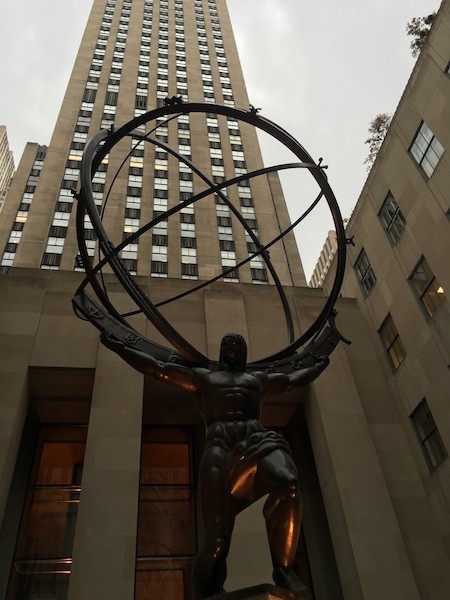
I have always loved this statue of Atlas, and I think it is particularly apt to creative professionals: writers and artists and crafters. How, as they craft these things, it rests entirely on their shoulders until they are able to connect it to an audience. It can feel like a massive weight, at times, ready to crush them.
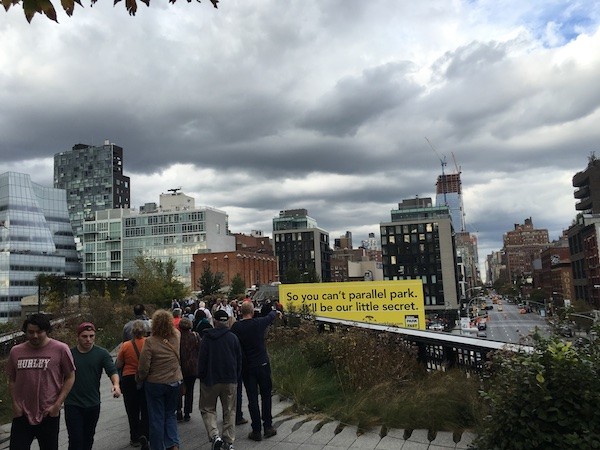
We finished our exploration by walking the High Line. It is a park that was built on elevated railroad tracks between 20 blocks and between buildings. The experience is extraordinary because it forces you to reconsider the city, and where the lines of nature and city begin and end.
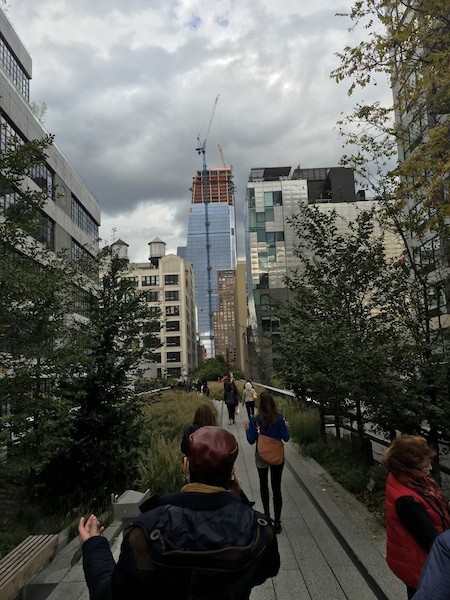
There are parts where the city engulfs you, where buildings grow before you.
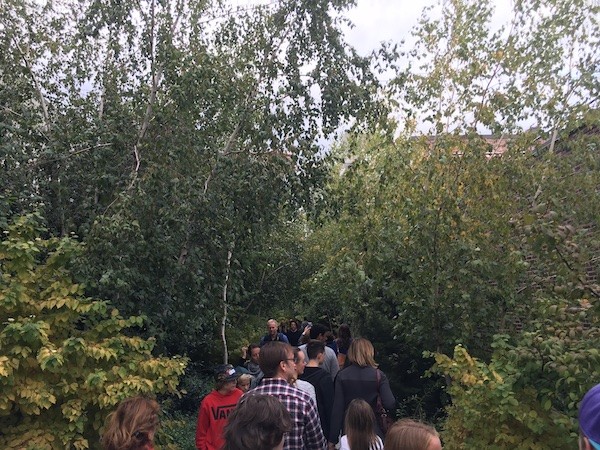
And parts where nature engulfs you.
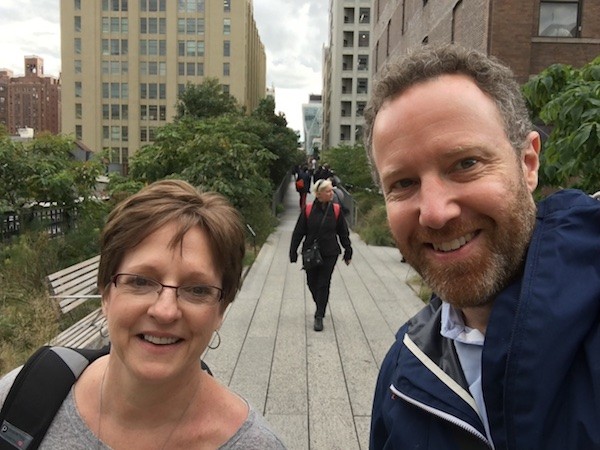
It is among these experiences that Diane and I discussed our work and how it can better serve you. I hope you enjoyed this tour. Oh, and if you have ideas as to how we can better serve you, please tell me! Email me directly: dan@wegrowmedia.com
Thanks!
-Dan

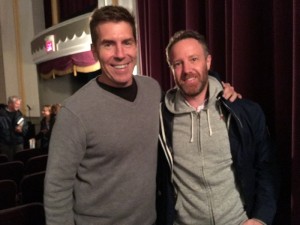
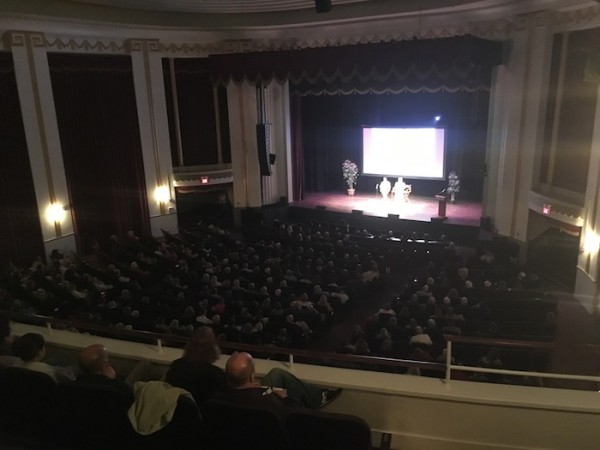
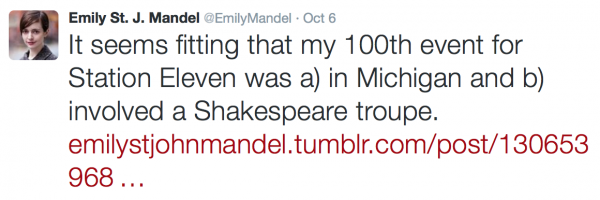
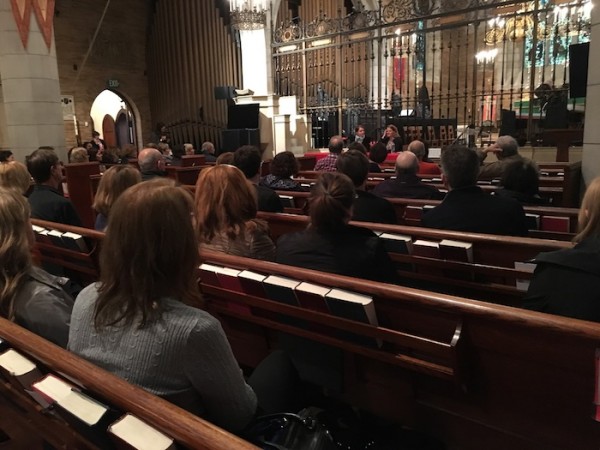
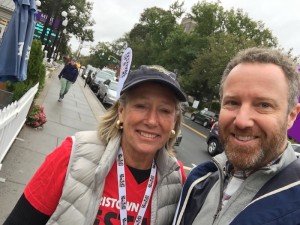
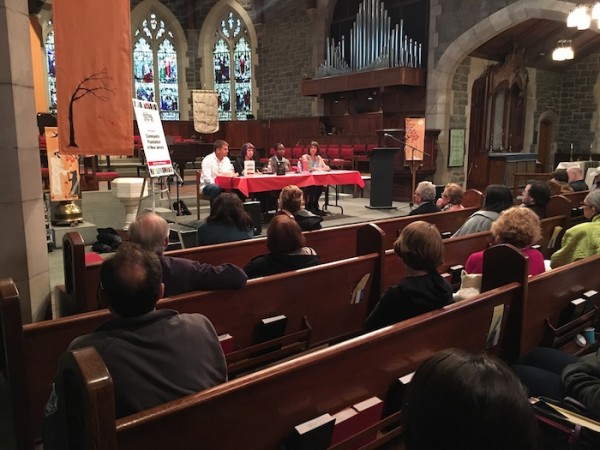
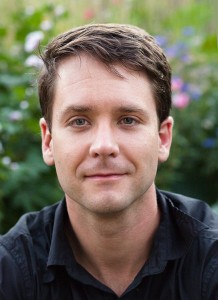 This exchange perfectly encapsulates the everyday reality of the successful creative professional. The one who has created an established career, has received accolades, whose work sells for five figures, and who is well into working on their art full time.
This exchange perfectly encapsulates the everyday reality of the successful creative professional. The one who has created an established career, has received accolades, whose work sells for five figures, and who is well into working on their art full time.